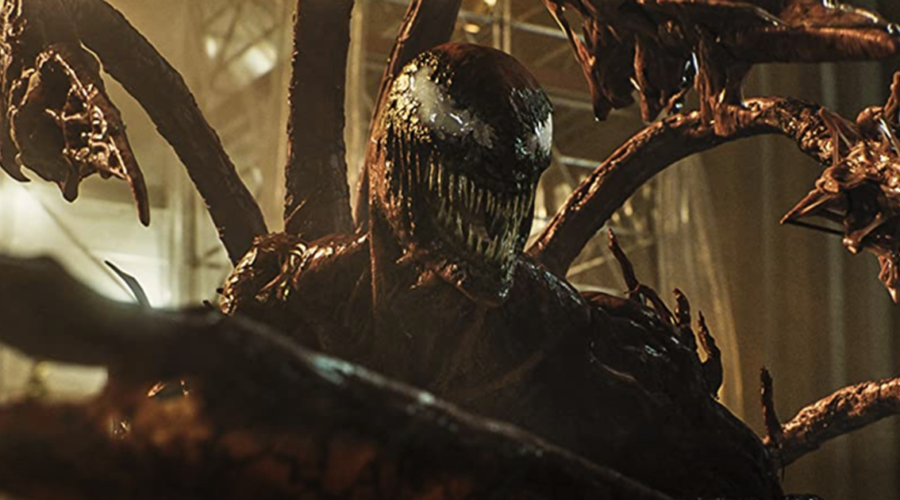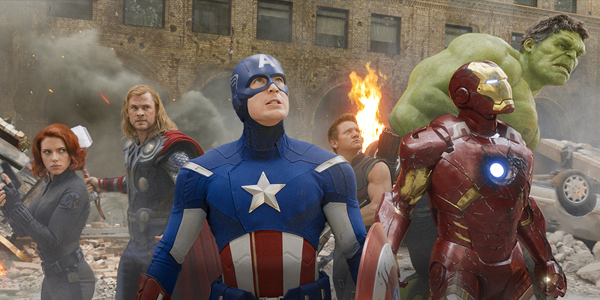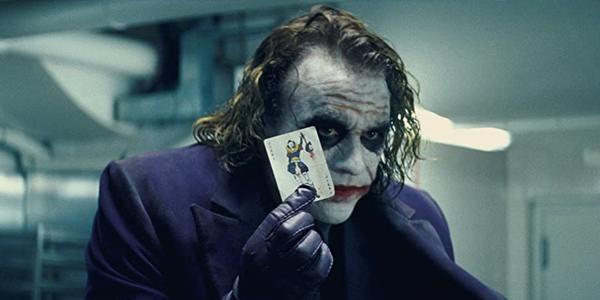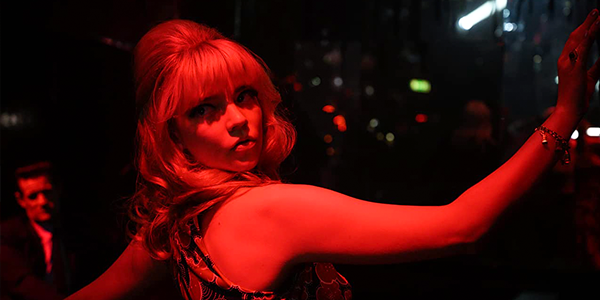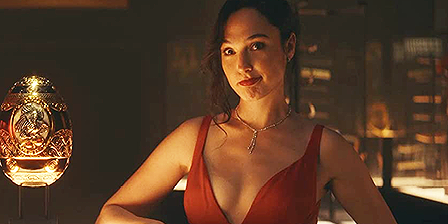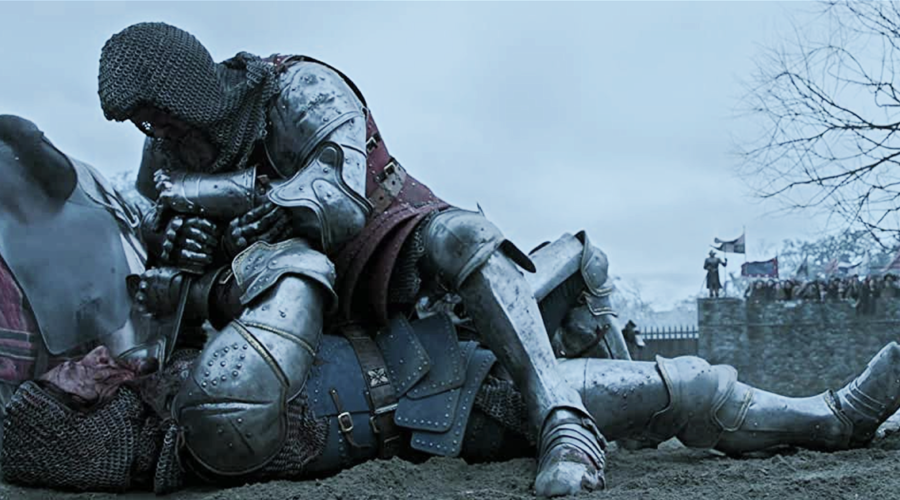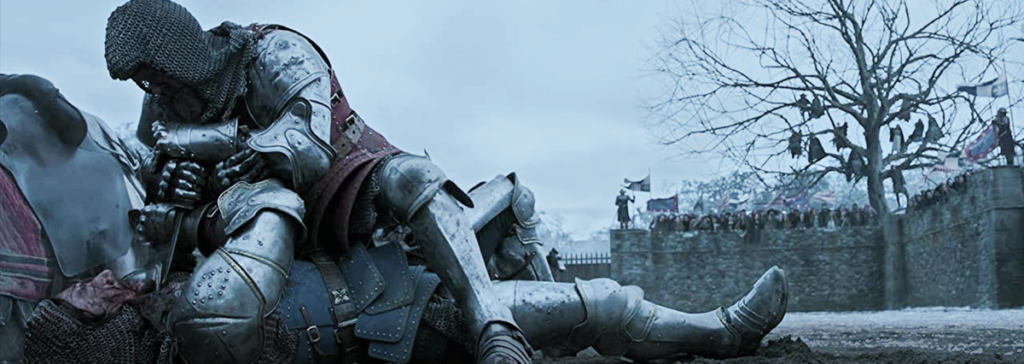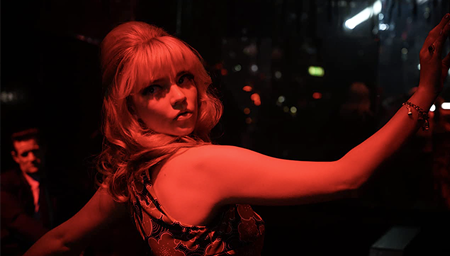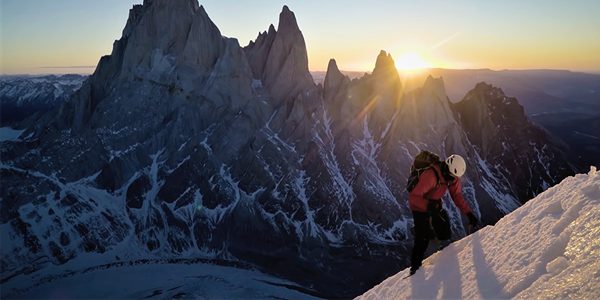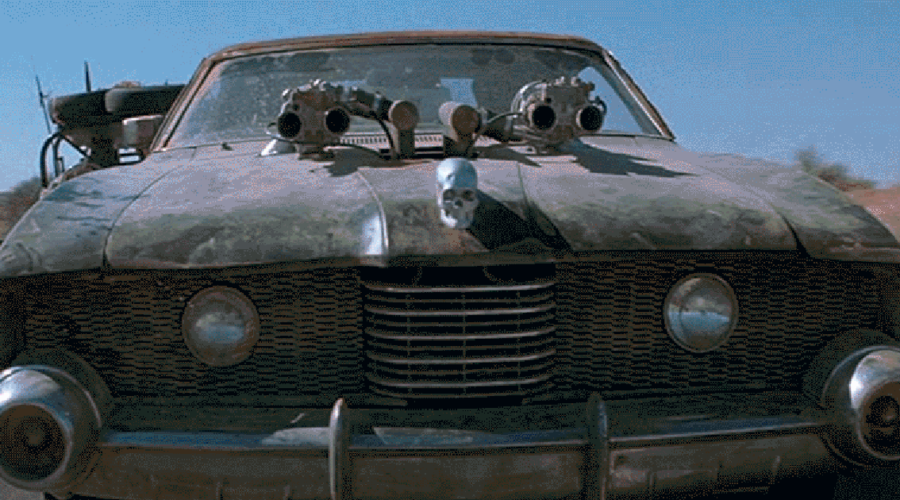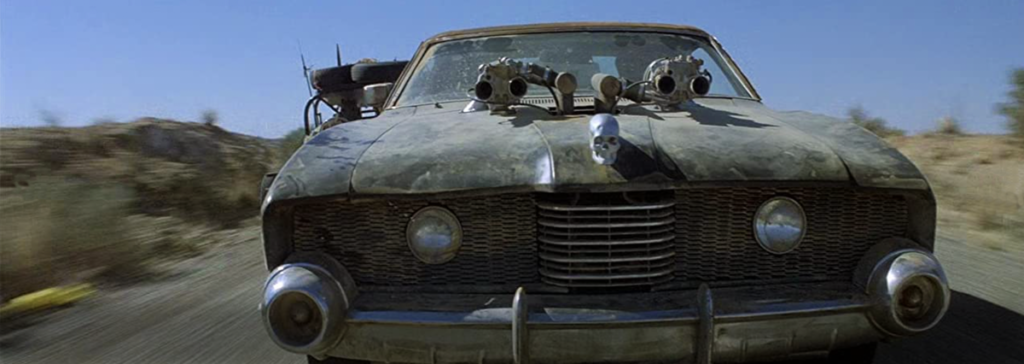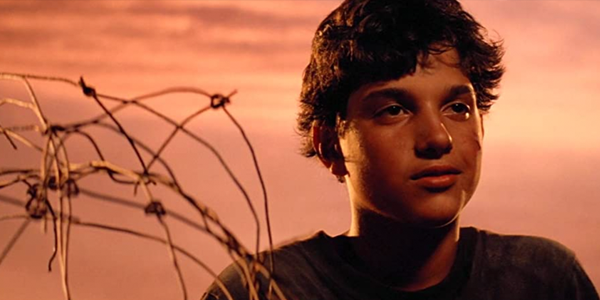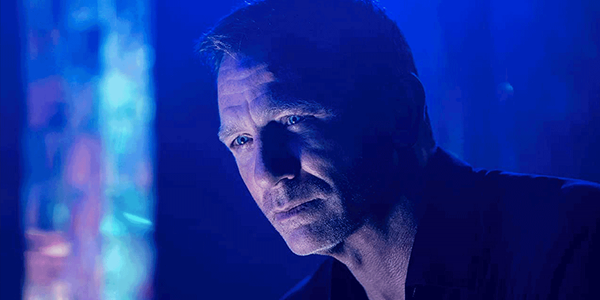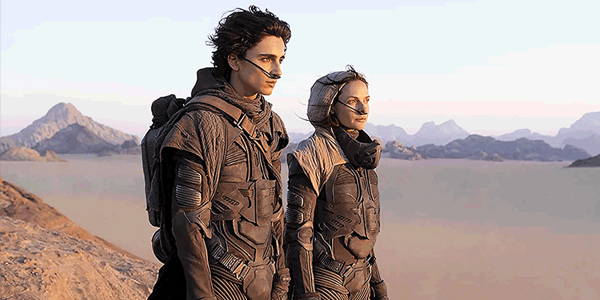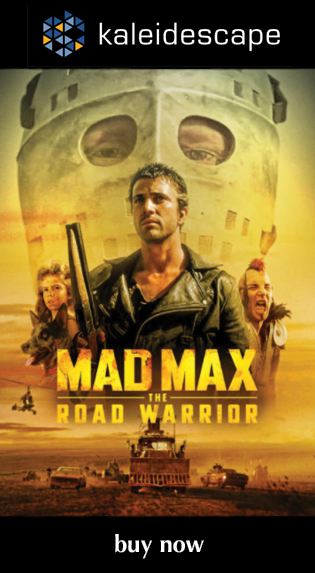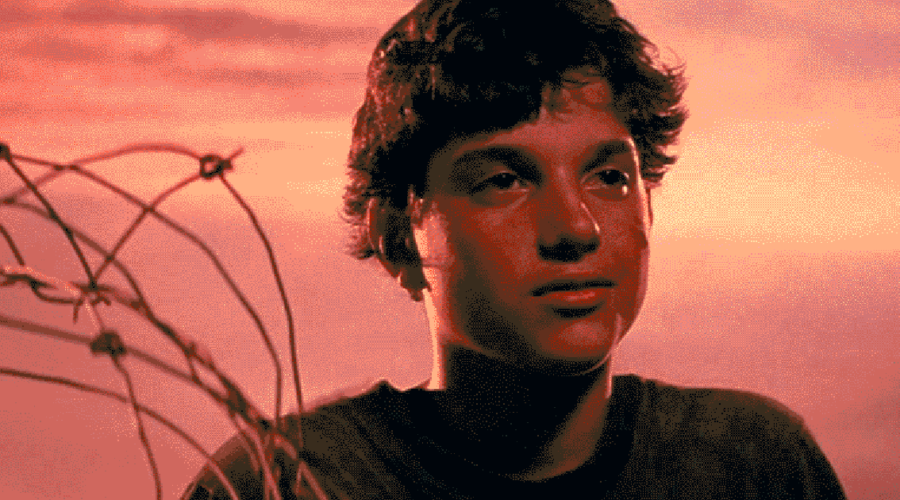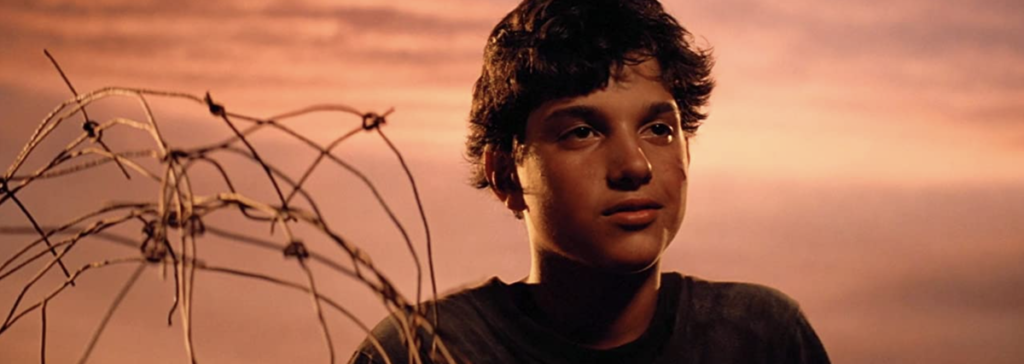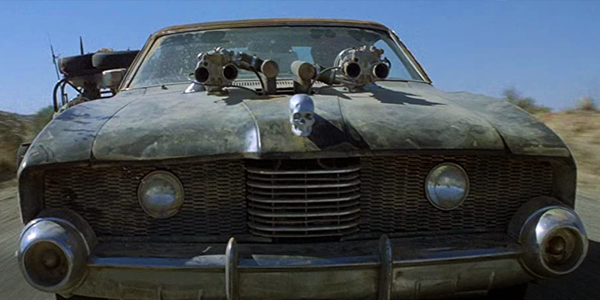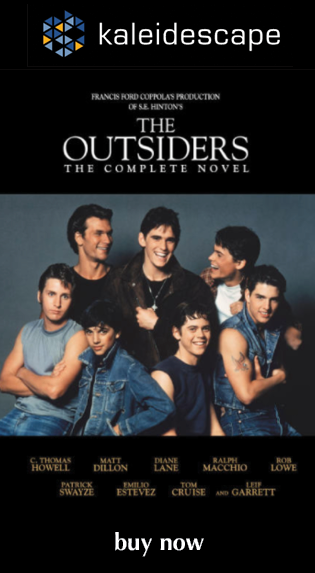Review: Venom: Let There Be Carnage
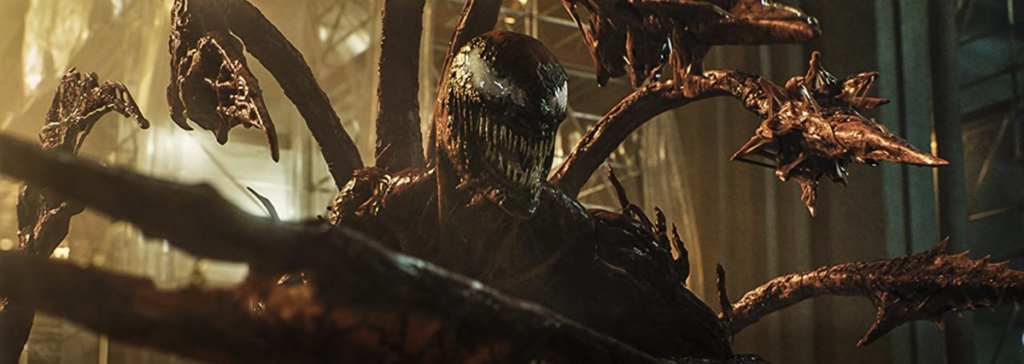
review | Venom: Let There Be Carnage
the MCU on Cineluxe
recent reviews
It’s not high art, but both audiences & critics seems to like this followup better than the first Venom effort
by John Sciacca
December 6, 2021
Venom: Let There Be Carnage, actually works better the original Venom, and is more entertaining, because we skip past the first film’s tedious and laborious first act, largely ignore Brock as a journalist, and just jump to the, well, carnage. The film also trims 15 minutes from the original’s run time, getting down to a tighter 97 minutes that doesn’t overstay its welcome. Don’t get me wrong, Carnage certainly isn’t high-brow entertainment, but it comes to deliver a big, over-the-top, popcorn-munching actioner, and in that respect, it succeeds. And even the critics agree.
Where the first film received a paltry 30% Rotten Tomatoes score, this new one is clinging to a barely-fresh 60%. Of course, that matters little to Hollywood, and Venom scored where it needed to, mainly bringing in more than $850 million worldwide, which all but guaranteed a sequel—which was teased in the film’s mid-credits sequence where Brock goes to visit a convicted killer in San Quentin State Prison who proclaims that once he is released, there will be “carnage.”
While watching Venom isn’t a prerequisite to “enjoying” Carnage, it’s helpful to understanding how Eddie became Venom and their “special” symbiotic relationship, as well as providing backstory on some of the returning characters, such as ex-girlfriend Anne (Michelle Williams) and shopkeeper Mrs. Chen (Peggy Lu).
Also cribbing from my Venom review, if you go into this expecting to see your favorite web-slinger or other Marvel Cinematic Universe characters, you’re going to be disappointed. Venom and Carnage stand off in their own section of the MCU . . . for now. Let’s just say, the multi-verse is coming and you should definitely stay for Carnage’s mid-credits scene, which will open up a whole new world.
The film opens in a flashback as Cletus Kasady (Woody Harrelson) and girlfriend Frances Barrison (Naomie Harris) are living in St. Estes Home for Unwanted Children. Frances is taken away by police but during the transfer, she unleashes a powerful sonic scream, deafening Officer Mulligan (Stephen Graham) and allowing her to escape.
Meanwhile, Eddie/Venom are still coming to terms with their unique living arrangement—biting people’s heads off is no longer acceptable—and Eddie is back working as a journalist. Kasady, now a convicted serial killer on death row in San Quentin, will only speak with Eddie following their original interview (shown in Venom’s mid-credit scene). During one of these visits, Kasady bites Eddie—“I have tasted blood before. And that is not it!”—and he absorbs the symbiote that becomes Carnage.And, well, cue the action and mayhem as Kasady/Carnage goes on the loose in San Francisco looking for his lost love Frances/Shriek.
Carnage is directed by Andy Serkis, who is largely regarded as the king of motion-capture performances from his roles as Gollum in the Lord of the Rings franchise and The Hobbit, King Kong, Caesar in the Planet of the Apes reboots, and Supreme Leader Snoke from Star Wars: Episodes VII and VIII. Serkis certainly understands working in big budget, big action, VFX laden films, and he keeps things moving here—and that’s maybe why it feels a bit thin, as Carnage seems to care less about character development and relationships other than Brock/Venom, and more about getting to the next big CGI-filled battle.
The movie looks to lighten things up with a lot of dialogue between Eddie and Venom, as the two argue back-and-forth about acceptable behavior and Eddie’s life choices. One small nit here is that Venom’s voice (which sounds similar to Bane’s from The Dark Knight Rises) as well as Carnage’s can be a bit difficult to understand at times. Both voices are heavily manipulated digitally and mixed with a lot of bass, which will certainly test your audio system’s calibration, crossover, and level settings. Get it too heavy-handed and these voices will be a boomy, muffled mess; go too light and you’ll miss that deep resonance that gives them the right weight. But even dialed-in, dialogue—especially the Eddie/Venom exchanges—can be slightly challenging to understand.
Shot on a combination of 4.5 and 6.5K, this transfer is taken from a 2K digital intermediate, which isn’t unusual for such effects-heavy films. Interestingly, Serkis switched to a 1.85:1 aspect ratio for Carnage which plays “fuller” at home on a 16:9 screen, rather than the 2.39:1 scope presentation preferred for most action films. As with most digitally shot productions, images are clean and sharp throughout, and closeups exhibit a ton of detail, such as the fine pores in Hardy’s face or the crisp pattern on shirts or tight detail in a prison’s chain link fence.
Visually Carnage has a ton to offer, and the HDR presentation really helps images pop. There are a couple of standout scenes that are visually stunning, such as Venom having a night out on the town and the film’s big finale in a church. You can really see the benefits of the HDR grading during night shots in San Francisco, where there are neon lights and headlights a plenty, or the vibrant red of Brock’s Ducati and its glowing brake lights, along with the high brightness of flares and explosions. When Venom steps into a club, you get a ton of bright colors from costumes worn by other club-goers and glow-sticks and other objects that react to the blacklights. The cathedral is it lit by glowing, warm light, with the lighting and shadows looking appropriately dark and natural, along with a beautiful stained-glass window.
Sonically, the Dolby TrueHD Atmos soundtrack offers a lot of demo-worthy and dynamic moments, with a steady combination of subtle atmospherics to establish scenes along with over-the-top action (literally, in the case of the height speakers). For subtler moments, notice the sounds in a hospital early on as well as in the prison, with little establishing sounds happening all around and PA announcements coming overhead, or the sounds of swirling winds high atop a building. Another nice Atmos demo is the placement of the TV audio in Brock’s apartment. As he goes to answer the door and then moves around the room, notice how the TV’s audio slides and shifts around the room.
Action scenes also certainly take advantage of all your speakers, with objects and characters thrown to every side and corner of your room, helicopters and rain/thunder pounding overhead, a Venom tornado that swirls 360 degrees around you, sonic blasts from Shriek, and more.
As mentioned, the bass levels of Venom’s/Carnage’s voice can be a bit tricky but the film also has several moments of truly momentous subsonic bass that will push your subwoofers to their limits. The opening especially has some massive bass you’ll feel in your chest, along with loads of slam from things being thrown/smashed during fights, Venom yelling/jumping/stomping, the collapse of buildings, or the thunderous gong from a massive bell.
Venom: Let There Be Carnage isn’t a great film, but it is an entertaining one that looks and sounds great. It’s one of those where you just sit back, don’t think too hard, and enjoy. But it’s most promising moment is actually its mid-credits scene, and it is perhaps in Venom’s third act where we’ll really get to see the story shine!
Probably the most experienced writer on custom installation in the industry, John Sciacca is co-owner of Custom Theater & Audio in Murrells Inlet, South Carolina, & is known for his writing for such publications as Residential Systems and Sound & Vision. Follow him on Twitter at @SciaccaTweets and at johnsciacca.com.
PICTURE | Images are clean and sharp throughout, closeups exhibit a ton of detail, and the HDR presentation really helps images pop.
SOUND | The Dolby TrueHD Atmos soundtrack offers a lot of demo-worthy and dynamic moments, with a steady combination of subtle atmospherics to establish scenes along with over-the-top action.
© 2025 Cineluxe LLC
